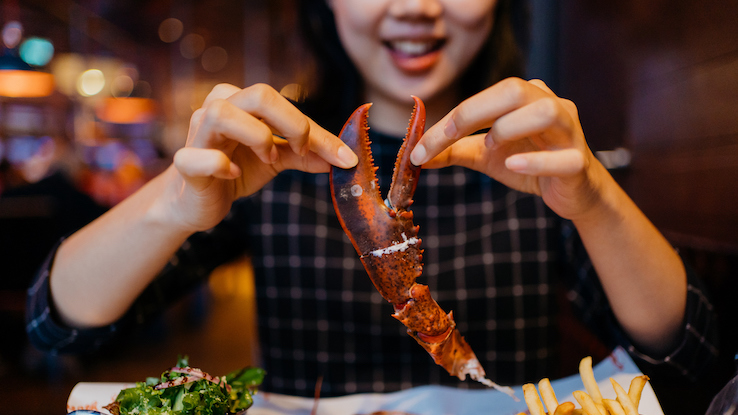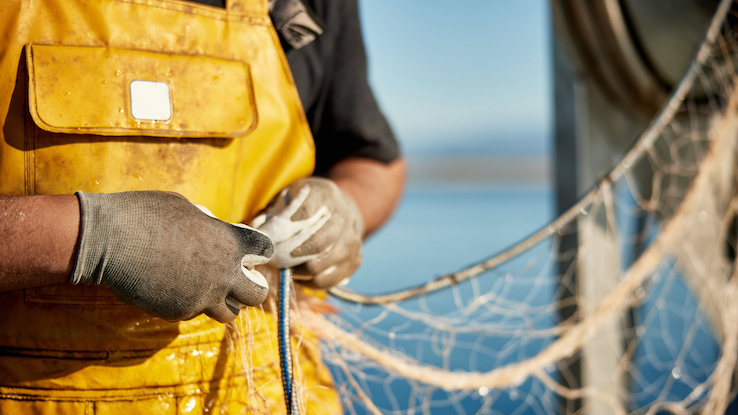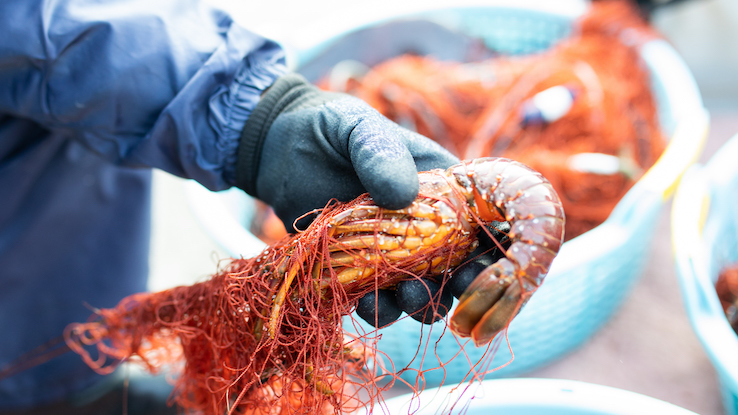Sustainable Seafood: Can Your Dining Choices Help Protect the Ocean?

There’s nothing quite like fresh crab or well-prepared sushi. But have you ever thought about how your seafood diet is affecting the oceans we love and depend on? Sustainability isn’t just a buzzword tossed around by politicians and environmental activists — it’s a movement as alive as the sea itself. And it’s one you can support by making more sustainable seafood choices.
Your Guide to Sustainable Seafood
If you’re concerned with sustainability issues, knowing where to begin can feel confusing. But you can always start with the food in your refrigerator and freezer.
The food we eat can have a bigger impact on the sustainability of Earth’s resources than you might think. The ocean is no exception. If you enjoy seafood and share concerns about the environment, your health or your wallet, read on to learn more about finding sustainable seafood options for your family.
What Is Sustainable Seafood?
Sustainability essentially refers to the most efficient use of products. In the case of seafood, sustainability relates to fish and shellfish caught for human consumption by fishers operating under sustainable fishery-management systems. According to Fish Watch, these systems conserve fish stock and the ecosystems that support these species.
Seafood Watch offers a simpler definition, explaining that sustainable seafood refers to any seafood products that are healthy for the planet, people and economy. Sustainable seafood aims to offer healthy products without harming the oceanic environment and other species in a way that matters in the long run.
The quest to find sustainable seafood is an endurance race, not a quick sprint. It involves coordinating fisheries with government regulators and consumers. Consumers are empowered to make sustainable food choices when they have information and education on selecting the best products with the people, planet and economy in mind.
Why Choose Sustainable Seafood?
From recycling to water conservation, you might be feeling pretty confident about the size of your ecological footprint. But there’s more we can do. When you go to the grocery store, are you too focused on how that lobster will look on your table than on the standards behind the seafood production?

Sustainable seafood choices impact not just one spot on the bottom of the ocean but the entire oceanic environment. They can potentially have a lasting impact on fish populations and communities which heavily rely on fish farming and fishers for a sufficient protein source and millions of jobs. In 2015, the seafood industry alone accounted for 1.6 million jobs in the U.S.
In addition, the health of our oceans affects the quality of the food we receive. Factors like what chemicals companies are fishing with or what bacteria might they introduce into water sources can significantly impact human well-being on a global scale. If you like seafood and want to help support the supply of your favorite dockside dishes, choosing sustainable seafood can make a big impact over time.
Picking sustainable seafood means creating a thriving community that supports jobs, human health, and the vitality of the fish population and environment.
How to Find Certified Sustainable Seafood
If you’ve decided to look at your seafood consumption, you might be wondering how to begin making more sustainable choices. With so much information, it can be confusing to sift through.
Luckily, resources such as seafoodwatch.org, fishwatch.gov and noaa.gov offer easy-to-navigate species listings where consumers can find certified seafood options. Just type in a species name, and you’ll get an analysis based on the current population, the method of fishing or farming, any chemicals used, and the risks to other species as they relate.
For example, tuna can be a great choice for the environment, but not all species should be fair game. The Bluefin tuna population is currently endangered, so taking this off the sustainable menu helps prevent collateral damage to predators, like certain whales that depend on this species for food.
Certified sustainable seafood, defined by the United Nations’ Food and Agriculture Organization, is “a procedure by which a third party gives written assurance that a product, process, or service is in conformity with certain standards.” Based on these factors, these sites can help consumers identify certified seafood options. These options have a slightly different definition from sustainable since there are specific requirements seafood must meet to be certified.
Which Seafood Is the Most Sustainable?
Here are a few of the most sustainable seafood options:
- Alaskan Atka Mackerel
- Caribbean Spiny Lobster caught in the U.S.
- Atlantic Calico Scallops
- Blue King Crab caught in the U.S.
- Northern Shrimp caught in the U.S. or Canada
- Farmed Oysters
- Albacore caught in the U.S. or Canada
- Farmed Arctic Char
- Trap-Caught Black Sea Bass
- Catfish caught in the U.S.
- Common Japanese Scallops
- Dover Sole
- Farmed Rainbow Trout
- Canned Salmon
- Wild Alaskan Salmon
Supporting the Best Fishing Methods
When you’re choosing certified, sustainable seafood, you should pay attention to the production method. Globally, fish farming accounts for approximately half of all seafood consumption, while some variety of fishing catches the rest. Though not all of these methods were created equal, each method has potential pros and cons. Innovations are being considered to reduce accidental catches or releases of pesticides into the environment.

Avoiding Gillnets and Dredge Nets
Fishing machinery is one consideration among fishers operating under sustainable fishery management. The most common fishing equipment types include harpoons, dredges and gillnets. In fact, when you hear about sea turtles or sharks getting caught, you probably think of gillnets.
More environmentally conscious fisheries will ban or heavily regulate the use of these nets so larger species can swim over them instead of getting caught. Some fisheries use dredge nets that drag along the ocean floor, disrupting the ecosystem and catching unwanted species that are often thrown back injured or already dying. Every effort to reduce and regulate this practice moves us closer to more sustainable fishing practices.
Follow the Current to Global Change
With help from these navigational resources and the continued work of sustainable fisheries and seafood farmers, we can create a more sustainable ocean and planet. And you can start with a step as small as an anchovy — watch what you eat. By being more informed and making better seafood choices, we’re on our way to a more sustainable (sea)world.





